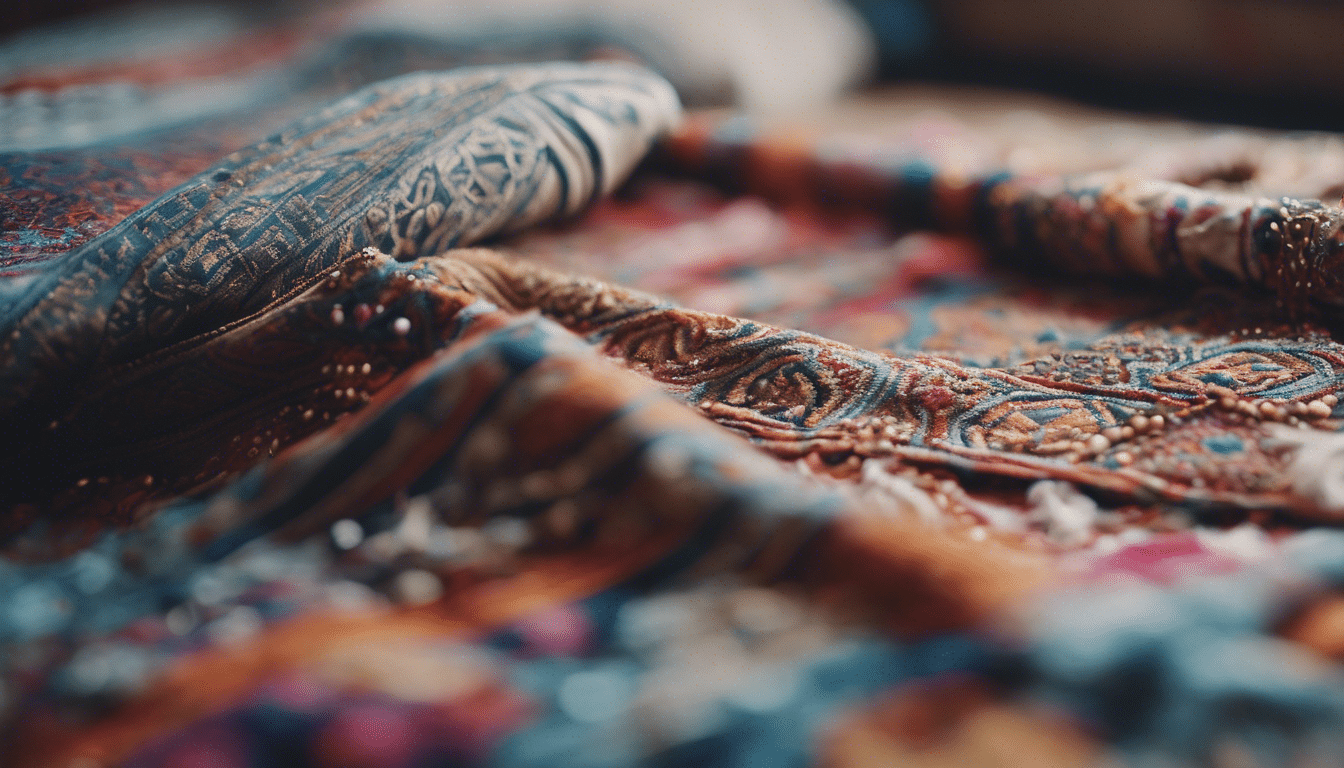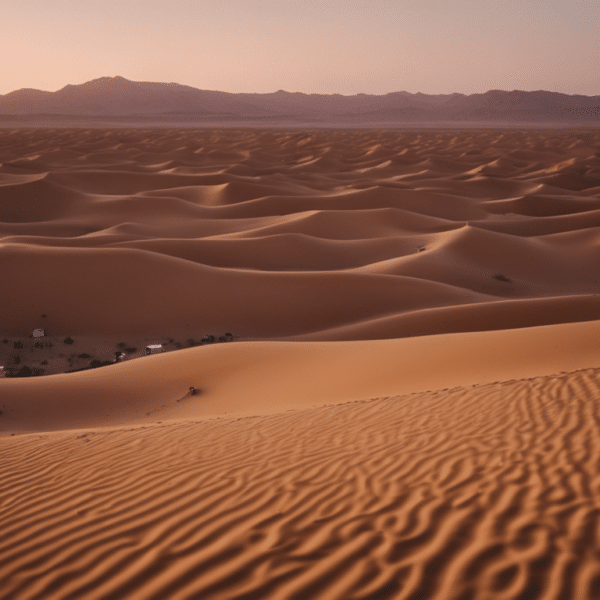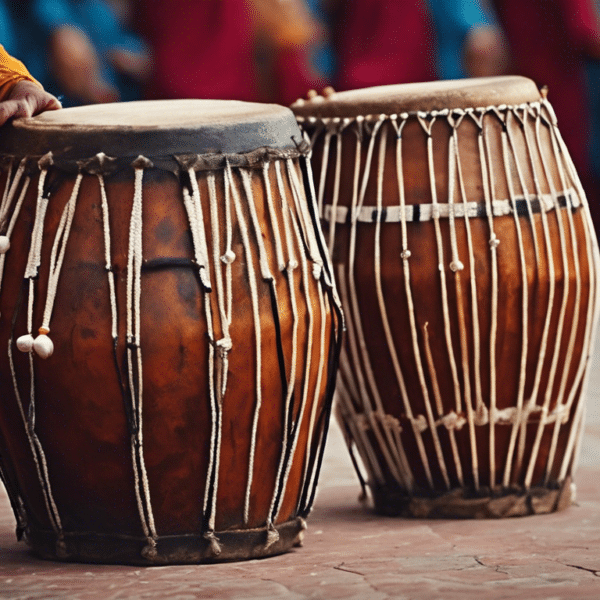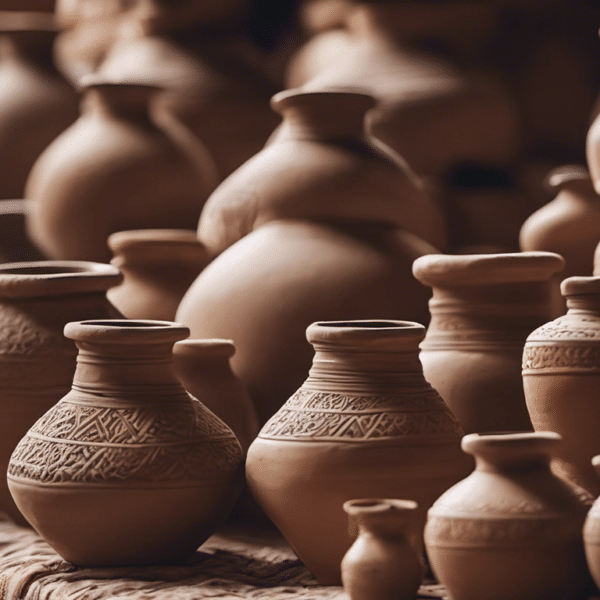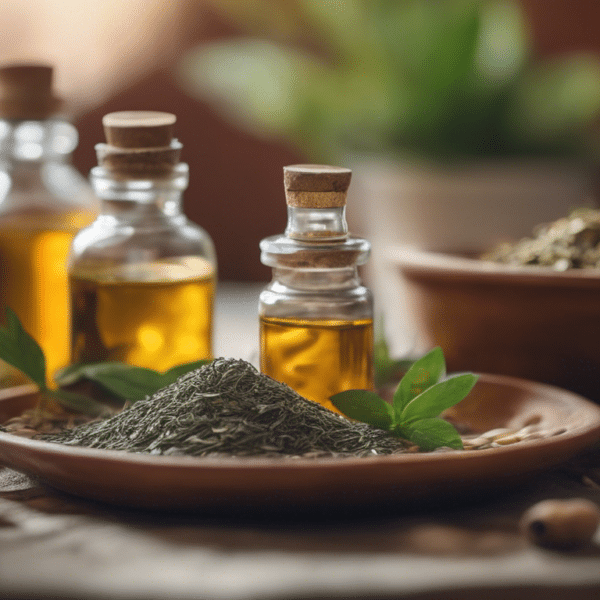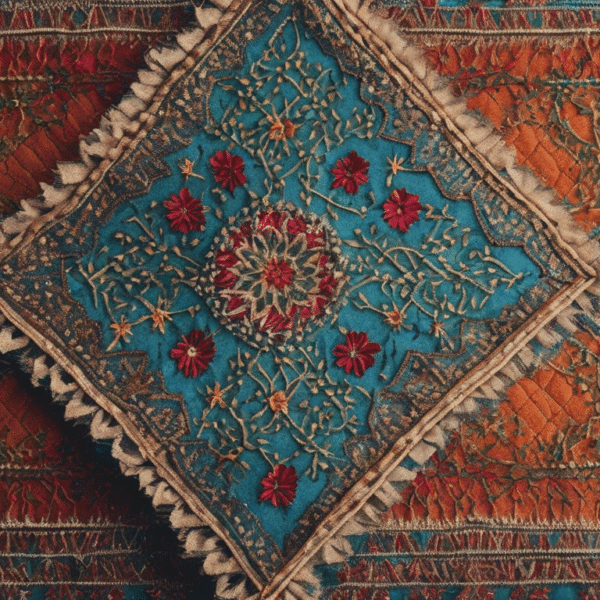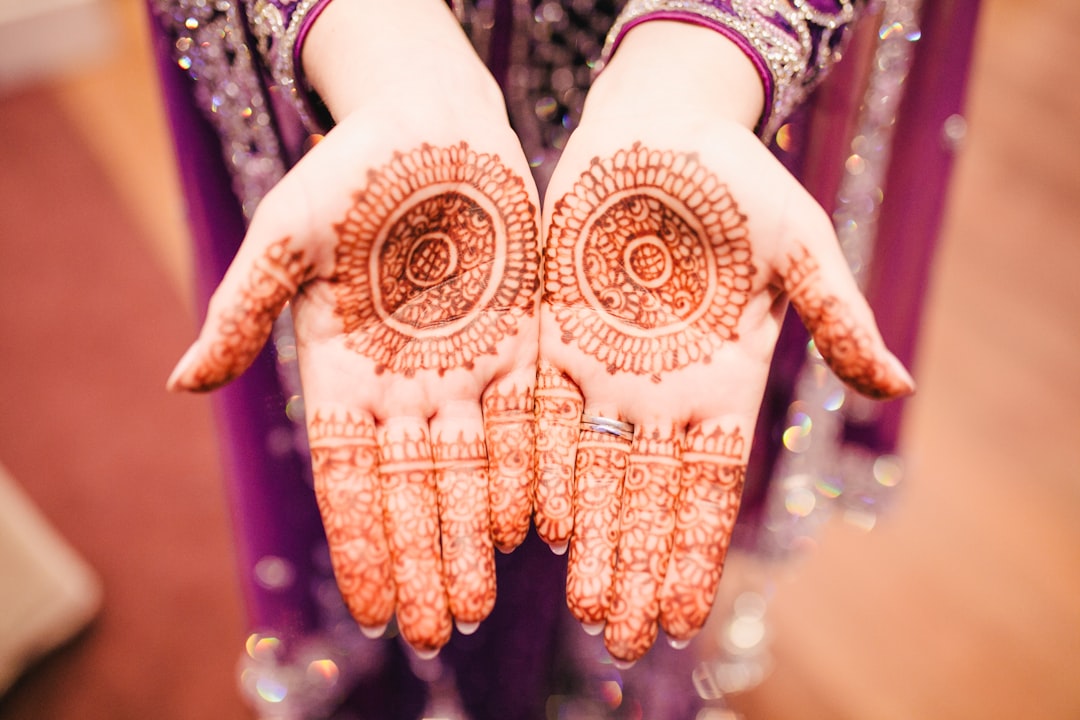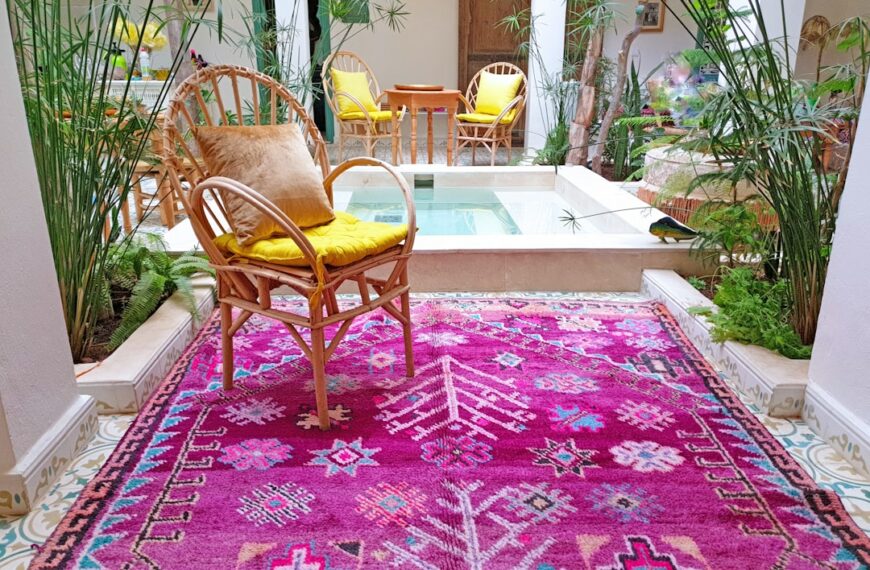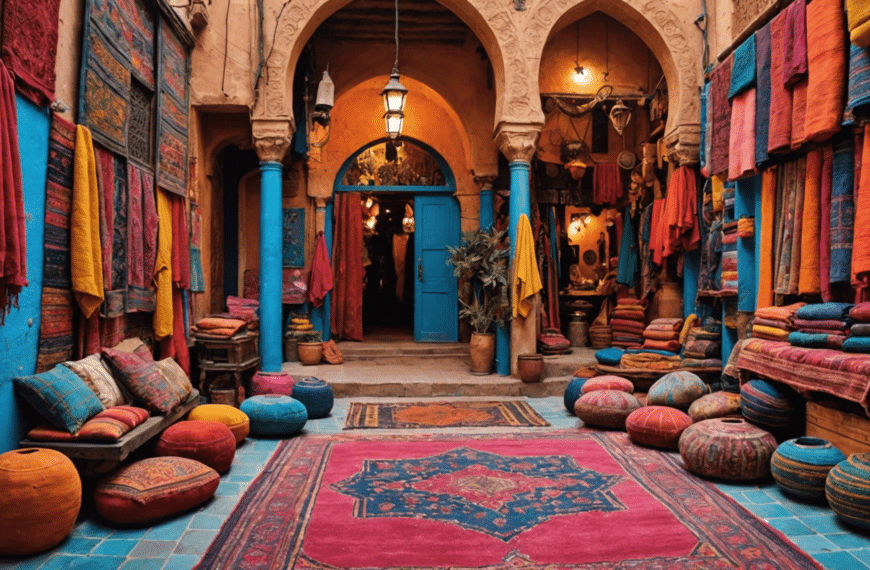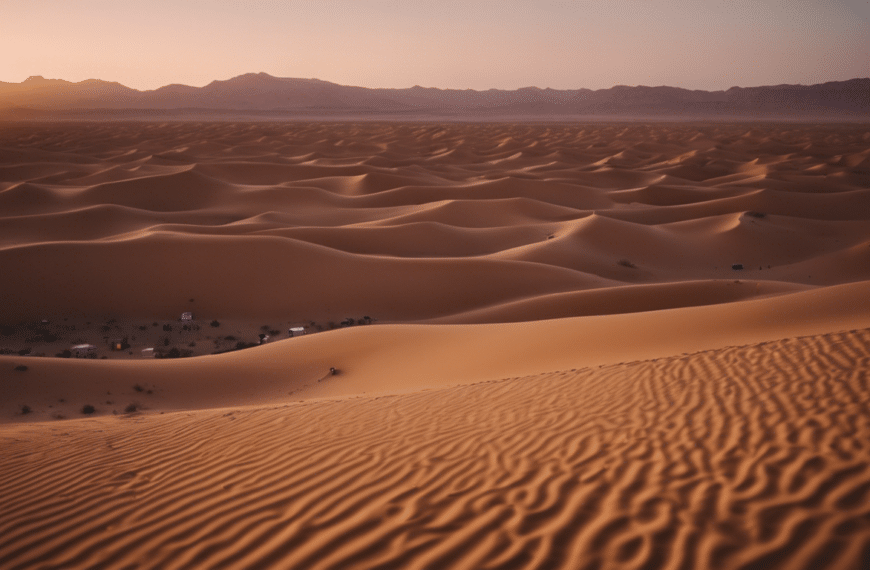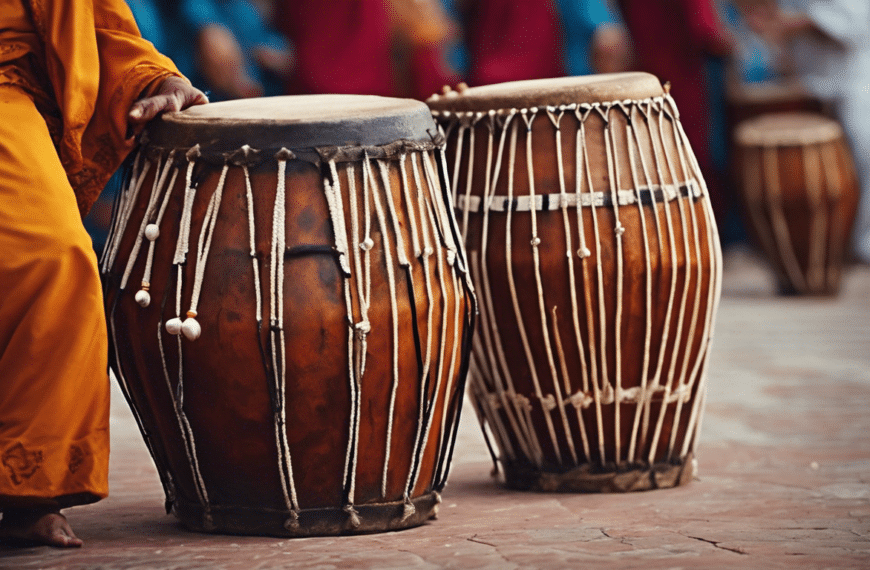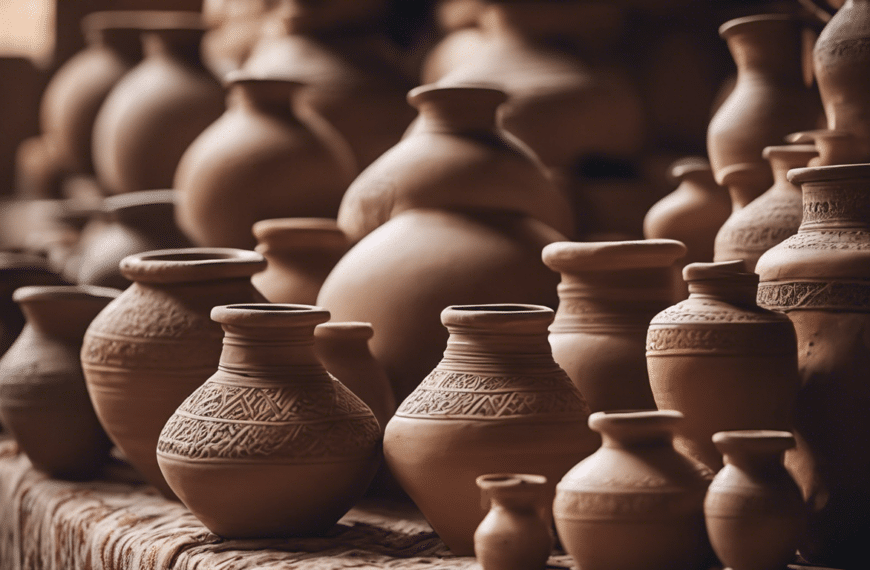Imagine stepping into a realm where every thread tells a story, where the warp and weft speak of centuries-old traditions, and where every hue is more than just a shade but a whisper of Moroccan heritage. Welcome to the intricate beauty of Moroccan textile art, an enchanting world that beckons to be explored. With each stitch and pattern, you’re not merely witnessing a craft, but experiencing a cultural odyssey that spans generations.
In Morocco, textile art is not just fabric, it’s poetry woven into the very fibers of life. From the majestic Atlas Mountains to the buzzing souks of Marrakech, the country’s rich tapestry is mirrored in its textiles. This piece is your guide into the heart of Moroccan craftsmanship, an invitation to delve into the vivid landscapes of fabric and design that have enchanted onlookers and inspired creators for ages.
Prepare to be introduced to the harmony of colors, the delicate dance of needlework, and the sacred geometry that governs the aesthetics of Moroccan textiles. We’ll unravel the symbolism stitched into every piece, explore the significance of traditional attires, and the meticulous process that goes behind the making of each masterpiece. Get ready to be wrapped in the warmth of Moroccan textile artistry, where every fiber is a tribute to the hands that have lovingly twisted, dyed, and embroidered their legacy into existence. Join me on this tapestry tour, and let’s weave our way into the heart of Moroccan culture.
The Roots of Moroccan Textile Tradition
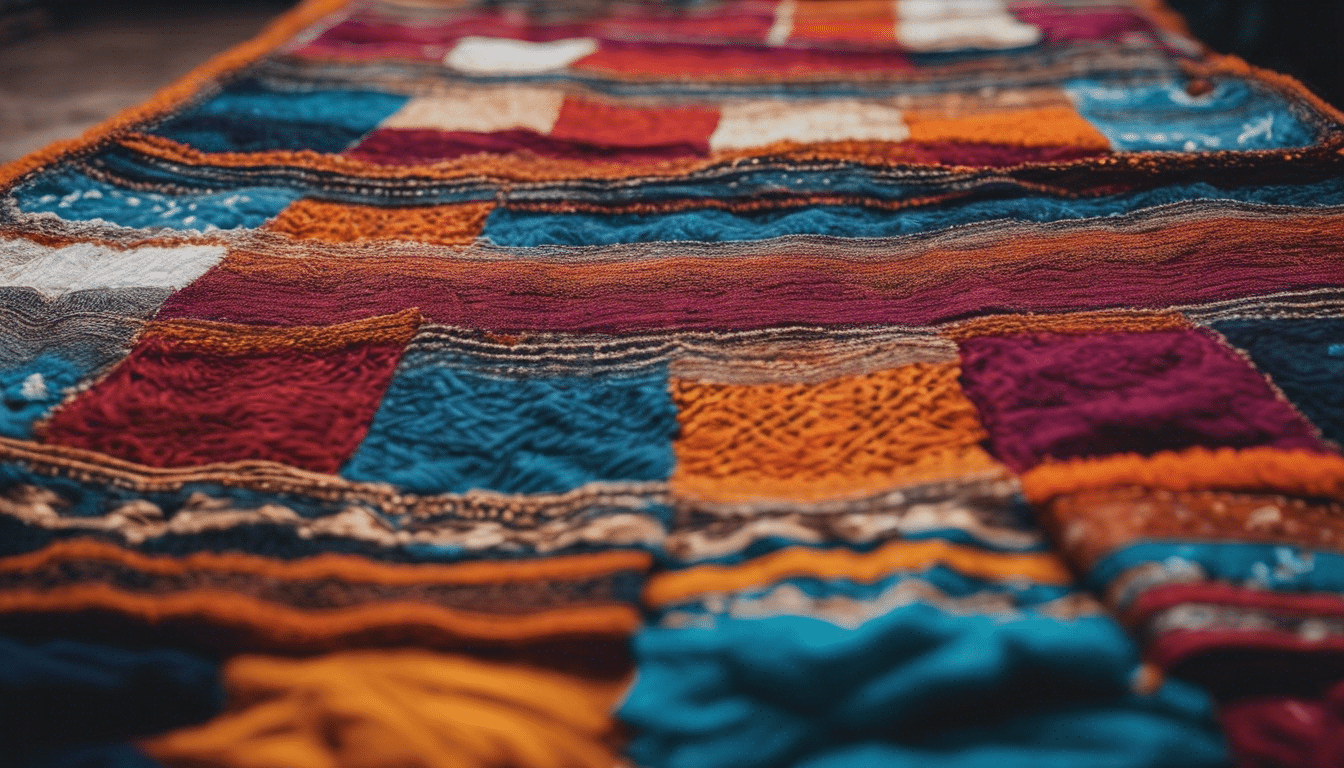
The rich tapestry of Moroccan textile art is woven into the very fabric of its culture, embodying a history as colorful and intricate as the patterns adorning its famous carpets. The origins of Morocco’s textile tradition are a blend of indigenous Berber techniques combined with the influences of numerous cultures that have crossed the land, including Arab, Andalusian, and Ottoman influences.
Weaving the Threads of History
To understand the roots of Moroccan textile art, one must look back through the ages to the time of the early Berbers, or Amazigh as they are known locally. These indigenous people mastered the art of weaving, using local materials such as wool and cotton, to create garments and home essentials suited to the varied climates of Morocco.
Morocco’s strategic location along ancient trade routes brought it into contact with other civilizations, each leaving a mark on the country’s textile practices. The introduction of silk by Arab conquerors, complex dyeing techniques from the Moors of Spain, and ornate designs from the Ottoman Empire all played a role in shaping what we now celebrate as Moroccan textile art.
The Looms of the Atlas
In the rugged landscapes of the Atlas Mountains, local craftspeople toil on traditional looms, painstakingly handcrafting textiles that tell stories of the land. The Berber weavers, especially the women, have passed down their knowledge through generations, ensuring the survival of techniques such as the flat-weave Kilim and the plush, high-pile Shag. These artisans often incorporate motifs and symbols into their work that reflect their beliefs, identity, and the natural world around them.
A Kaleidoscope of Colors and Patterns
Moroccan textiles are renowned for their vibrant colors and bold patterns. Natural dyes play an important role in this visual feast; indigo, henna, and saffron create a palette that mirrors the diversity of the Moroccan landscape. The use of bright hues and geometric shapes not only serves an aesthetic purpose but also conveys cultural significance, with each color and pattern holding a specific meaning within the context of Moroccan society.
The Art of Moroccan Textile in Modern Practice
Today, Moroccan textiles are not only a symbol of cultural heritage but have also found their place in contemporary fashion and home decor. While the methods and motifs have remained true to tradition, many Moroccan artisans are merging these age-old techniques with modern design sensibilities, bringing Moroccan textile art to the global stage.
Embroidery, another facet of Moroccan textile mastery, adds further depth to the nation’s fabric arts. Delicate stitches embellish caftans and cushions alike, displaying the precision and skill of the embroiderer’s hand.
Preserving the Heritage
The preservation of Moroccan textile art lies in the hands not only of the artisans but also those who cherish and promote this craft. Workshops and cooperatives across the country provide a space for makers to continue their art, teach it to newcomers, and adapt to the challenges and opportunities of the modern marketplace.
Museums and exhibitions offer valuable insight into the historical context and evolution of Moroccan textile traditions, while international demand for these textiles ensures they remain a viable and cherished art form.
To immerse oneself in the world of Moroccan textiles is to embark on a journey through time, culture, and color. It is an art form that captivates the senses, tells the tales of a people, and continues to evolve while remaining steadfast to the roots that have nurtured its growth for centuries.
Symbolism Embroidered in Threads
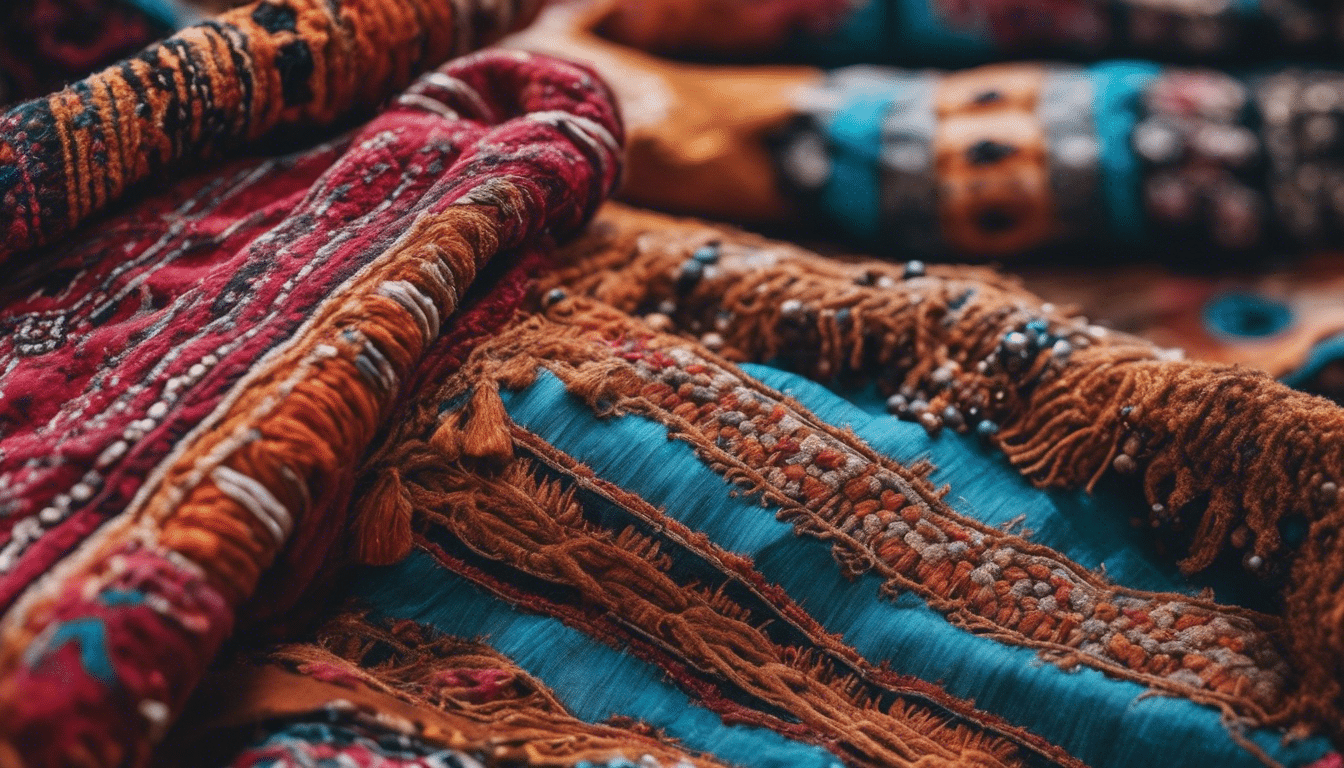
Moroccan Textile Art: Symbolism Embroidered in Threads
Welcome to the vibrant world of Moroccan textile art, a domain where every thread is not just a fiber but a carrier of culture, history, and symbolism. With deep roots and an evergreen presence across streets, homes, and hearts in Morocco, textile art remains a testament to the nation’s love for color, pattern, and a story interweaved in every creation. Let’s unravel this tapestry of tradition and uncover the symbols embroidered in the very essence of Moroccan fabric.
The Threads of Heritage
In every loop and knot, there’s a lineage of artisans who continue the ancient practices of their ancestors. The strong>caftans and djellabas you see, ornate with intricate designs, are more than mere garments; they are sartorial representatives of a civilization. Centuries-old techniques of dyeing, weaving, and embroidery speak a visual language that has been handed down through generations. The knowledge of natural dyes extracted from indigo, saffron, and henna, and the expert hands that work the looms are as much part of the nation’s heirloom as the textiles they produce.
Symbols Stitched with Meaning
Moroccan textiles are rich with symbols, each carrying a universe of meanings. Common motifs include the khamsa, or Hand of Fatima, representing protection and the female forces of the universe; the triangle, symbolizing the nomadic tents of the Berber people; or the Jewish Star of David signifying the intertwining of cultures within Morocco. Geometry is not mere aesthetics here—it is philosophy, cosmology, and spirituality laced into the very framework of fabric.
Colors That Communicate
It’s not just the shapes that talk; colors have their own dialect in this artistic dialogue. Red, the powerful hue of life and passion, prevalent in many Moroccan textiles, speaks to the heart of Morocco. Green signifies peace and tranquility, mirrored in the lush landscapes and valleys, while blue, the color of the vast Saharan skies and the deep Atlantic, symbolizes vastness and serenity. Every color chosen is a deliberate stitch in the narrative of the artisan’s tapestry.
The Feel of Festivity
Moroccan textiles are a celebration woven into material. The vibrant Moroccan wedding blankets or Handira, for instance, glittering with sequins, are not just blankets; they are emblems of warmth, fertility, and good fortune, swathing the bride on her journey to marriage. The dazzling sequins catch the feeblest light and reflect it in a dance of joy, mirroring the festivity of Moroccan weddings.
A Journey of Discovery
Delving into the world of Moroccan textile art is akin to setting off on an expedition; you uncover layers of narrative with every fold. Workshops and cooperatives across cities like Marrakech and Fez open their doors to enthusiasts keen to learn the art. They do not just teach a craft; they initiate novices into a legacy that every warp and weft uphold.
Moroccan textile art is more than just a commodity; it is a lived-in experience, a confluence of beauty, utility, and expression. This art is a bridge between the past and the present, an unspoken dialect that conveys Morocco’s spirit through threads and colors. As one wanders through souks piled high with these works of art or engages with a craftsman etching history onto cloth, it becomes evident that Moroccan textiles are not just fabric; they are stories waiting to be told, symbols waiting to be deciphered, and a heritage waiting to be embraced.
Techniques and Innovations in Weaving
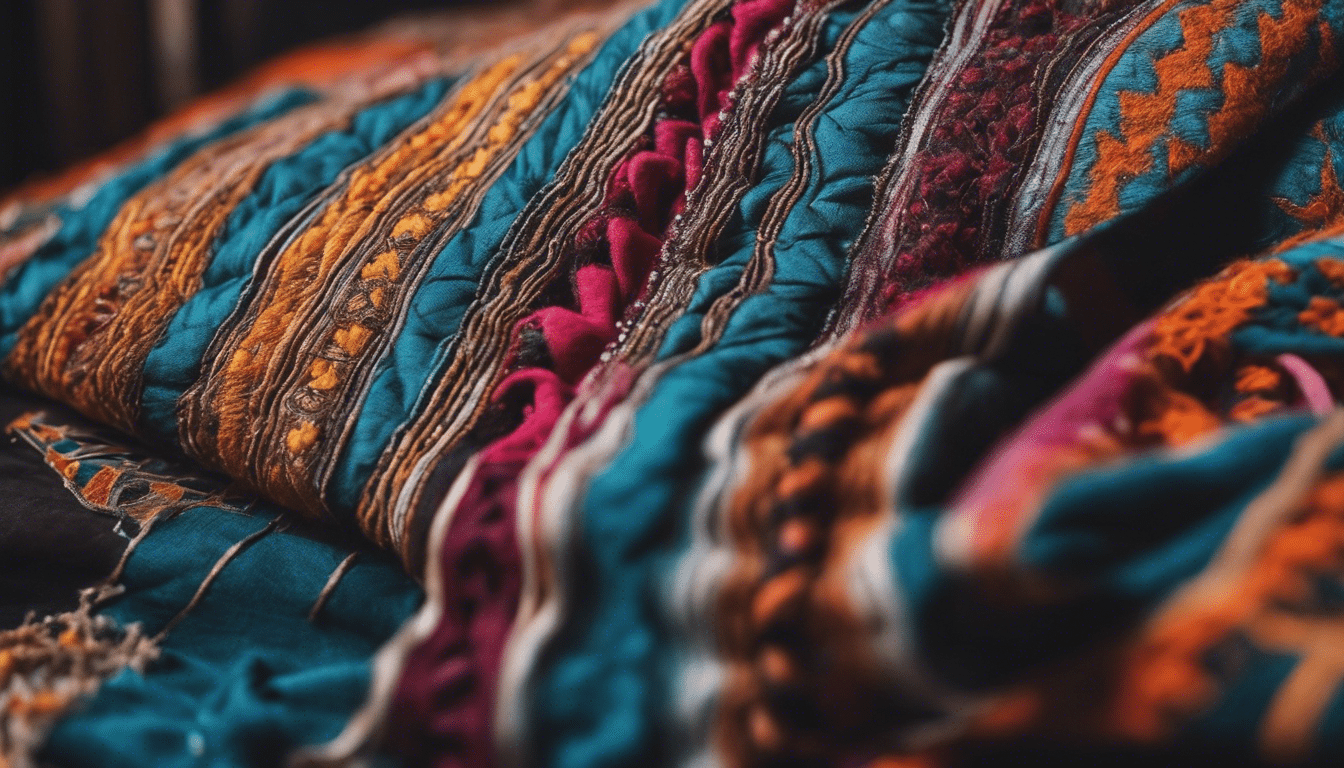
Moroccan Textile Art: A Tapestry of Tradition and Creativity
Nestled in the heart of North Africa, Morocco boasts a rich cultural heritage manifesting splendidly in its traditional textile art. The lush tapestries and vibrant fabrics that grace the souks and homes are not just products of ancient practices, but are also expressions of a civilization’s identity, ingenuity, and artistry.
The Weaving Loom – Ancestral Threads in Modern Times
While the world surges forward with technology, Moroccan textile artisans remain deeply rooted in the time-honored techniques of their forebears. At the heart of this tradition is the weaving loom, a tool that has evolved yet preserved its essence through centuries. The loom, intricate in its simplicity, manipulates warp and weft threads to create textiles that epitomize Moroccan aesthetic.
A blend of various weaving techniques such as flat weaving, knotted weaving, and embroidery are employed to craft everything from the humble Djellaba fabric to the majestic Berber carpets, each stitch telling a tale of the weaver’s lineage and land.
Innovation amidst Tradition
Innovation dances through the alleys of Moroccan markets where contemporary weavers infuse modernity into their works. New materials and styles coalesce with the traditional motifs and methods, giving rise to pieces that resonate with both the past and the present. This innovation is witnessed in the playful experimentation with color, the fusion of different textures, and the adaptation to cater to global aesthetic sensibilities.
Equally important is the sustainability in Moroccan textile art, as many artisans now incorporate eco-friendly processes and materials to ensure a smaller environmental footprint. The introduction of organic dyes, recycled fabrics, and natural fibers are among the practices that align the ancient art with contemporary environmental values.
Patterns That Speak – Iconography in Moroccan Fabrics
A myriad of patterns adorn Moroccan textiles, each symbolizing elements of nature, spirituality, and heritage. The intricate geometric designs represent the human quest for knowledge and the infinite. Amuletic motifs, believed to ward off evil and bring good fortune, intermingle with patterns inspired by the rugged Atlas Mountains and the undulating Sahara dunes.
The use of colors in Moroccan textiles is not arbitrary; each hue communicates a specific meaning, be it peace, strength, wisdom, or love. This visual language lends Moroccan fabrics their narrative quality, allowing them to be read and experienced beyond their tactile elegance.
Embracing Modern Challenges
Despite the flourishing of Moroccan textile art through initiatives that support artisans, challenges such as globalization and mass production threaten these age-old practices. Artisans in remote villages grapple with the competition from cheap, machine-made textiles that mimic their designs without capturing their soul.
Yet, hope persists as connoisseurs and aficionados of textile art continue to venerate the meticulous craftsmanship of Moroccan weavers. Organizations dedicated to preserving and promoting these arts work assiduously to bridge the gap between traditional craft and modern commerce, with an emphasis on fair trade and cultural appreciation.
In summary, the realm of Moroccan textile art is rich with history, alive with innovation, and poignant in its beauty. As each weaver interlaces threads on the loom, the fabric of Moroccan culture is strengthened, and the threads of past and present intertwine to weave a future resplendent with both heritage and progress.

